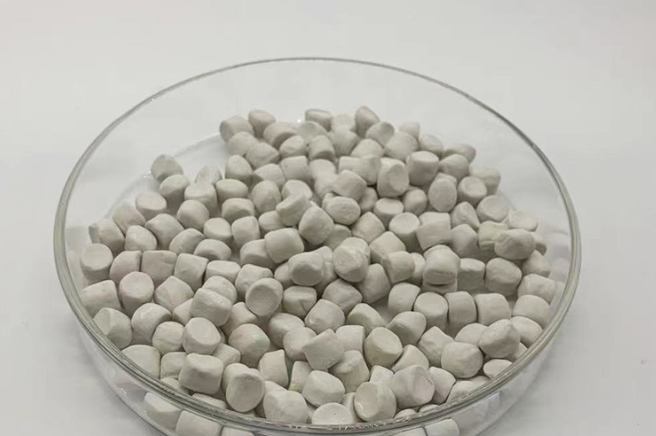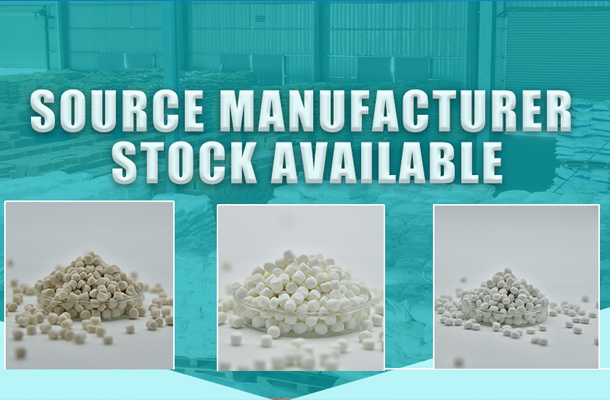In the rubber vulcanization process, the terms "pre-effect" and "post-effect" refer to the activity profiles of vulcanization accelerators during different stages of the curing reaction.
Vulcanization Pre-effect (Early-stage Effect): Although not a standard term, "pre-effect" can be interpreted as the initial stage where the accelerator starts activating and initiates the vulcanization reaction. At this point, the accelerator's role is to expedite the primary interaction between the vulcanizing agent (such as sulfur) and rubber molecules, facilitating the formation of initial cross-links. The importance of this "pre-effect" lies in promptly initiating the curing process without causing premature stiffening or "scorching," where the rubber hardens before it can be properly processed.
Vulcanization Post-effect (Delayed Effect): Contrastingly, the "post-effect" refers to an accelerator's capability to sustain or enhance the vulcanization reaction rate during the later stages of the process. Post-effect accelerators may exhibit slower initial reaction rates, providing a longer safe processing time ("scorch time") for the rubber compound to remain workable during shaping and early vulcanization. As the curing progresses, these accelerators increase in activity, ensuring thorough cross-linking of the rubber after molding, leading to the desired physical properties. This delayed action is crucial for controlling the smooth rise of the vulcanization curve, achieving uniform internal curing, and preventing surface over-cure with under-cured interiors.
Summary of Differences:
- Stage of Influence: Pre-effect focuses on the beginning of the vulcanization process, while post-effect impacts the intermediate to final stages.
- Reaction Speed: Pre-effect accelerators act quickly at the onset, whereas post-effect accelerators ramp up activity later.
- Processing Safety: Post-effect accelerators offer extended safety against scorch, beneficial for shaping complex rubber articles.
- Performance Impact: The balance between pre- and post-effects ensures both good processability and the attainment of targeted mechanical properties such as hardness, strength, and elasticity in the final product.
Selecting the appropriate vulcanization accelerators and balancing their pre- and post-effects are pivotal in optimizing vulcanization conditions and enhancing product quality in rubber manufacturing.








